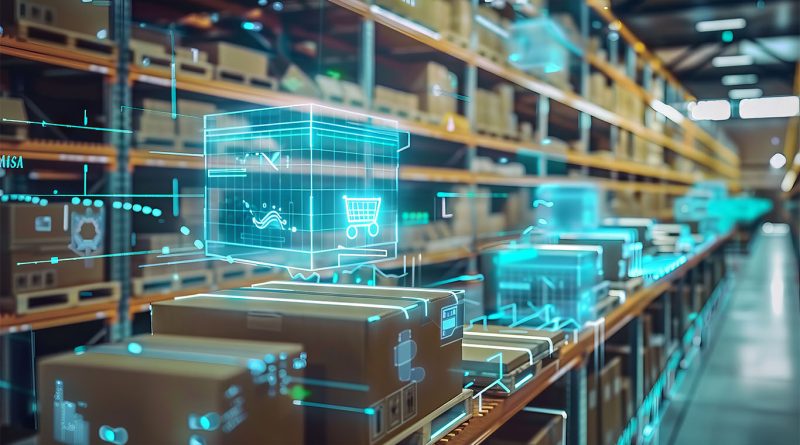AI is Quietly Transforming How Supply Chains Operate
Subscribe to our free newsletter today to keep up to date with the latest supply chain news.
The global supply chain is undergoing a profound transformation, yet much of it is happening behind the scenes. Artificial intelligence, once viewed as futuristic or experimental, is now being quietly integrated into the core of logistics and procurement systems. As geopolitical tensions, post-pandemic volatility, and shifting consumer behavior strain traditional operations, AI is emerging as a stabilizing force. Its ability to process massive volumes of data and identify patterns in real time is improving decisions with speed and accuracy.
How predictive intelligence is redefining inventory and demand planning
Inaccurate forecasts and stockouts have long affected global supply chains. Today, AI models trained on historical sales, seasonal patterns, market data, and customer sentiment are delivering projections that outperform traditional tools. Companies are moving from reactive to proactive planning.
Retailers and manufacturers now rely on AI systems to adjust procurement schedules, production timelines, and distribution strategies. A 2024 McKinsey report found that AI-driven forecasting can reduce errors by up to 50 percent, translating into cost savings and fewer unsold goods.
Scenario simulation is also becoming common. From raw material shortages to sudden demand surges, these models help managers test various outcomes before committing to decisions. This expanded visibility extends across supply networks, creating a more connected and forward-looking system.
From warehouses to transport: AI automation takes the wheel
Warehousing and logistics are being transformed by automation. AI-powered robotics manage picking, packing, and stacking with precision. Computer vision tracks inventory, while natural language processing enables verbal instructions and system interactions.
In transport, AI engines process data from weather forecasts, traffic updates, and customs systems to create optimal delivery routes. Companies like DHL and UPS use these tools to reduce fuel use, minimize delays, and increase delivery accuracy.
AI also supports last-mile logistics by scheduling based on availability, traffic, and urban density. Transportation expenses often make up more than half of logistics costs, so improvements here directly affect profitability.
Enhancing resilience through AI-driven risk detection and adaptation
Disruptions such as natural disasters, cyberattacks, or regulatory changes are now common. AI introduces a layer of predictability by identifying risks and triggering early responses.
Machine learning tools scan supplier data, market reports, and even satellite imagery to flag vulnerabilities. In high-profile events like the 2021 Suez Canal blockage, AI platforms rerouted shipments and minimized ripple effects. Today, companies use similar technology to run risk simulations and adjust operations in real time.
Workforce and workflow: AI’s impact on supply chain talent and decision-making
As automation increases, supply chain professionals are transitioning from manual roles to analytical positions. This shift is changing how organizations hire and train staff.
AI platforms offer real-time dashboards with actionable insights. Instead of just describing events, these systems recommend next steps. Procurement leaders can evaluate vendors faster, warehouse supervisors can adapt staffing to demand, and executives can align inventory with strategic plans.
These changes also highlight a growing need for tech-savvy employees. Upskilling is no longer optional. Forward-thinking firms are building internal programs that prepare workers to collaborate with AI rather than compete with it.
Smart routing software reduces fuel consumption by selecting efficient delivery paths. Packing algorithms lower the number of shipments by optimizing container space. Predictive tools ensure perishable goods reach their destination before spoiling.
Sources:
